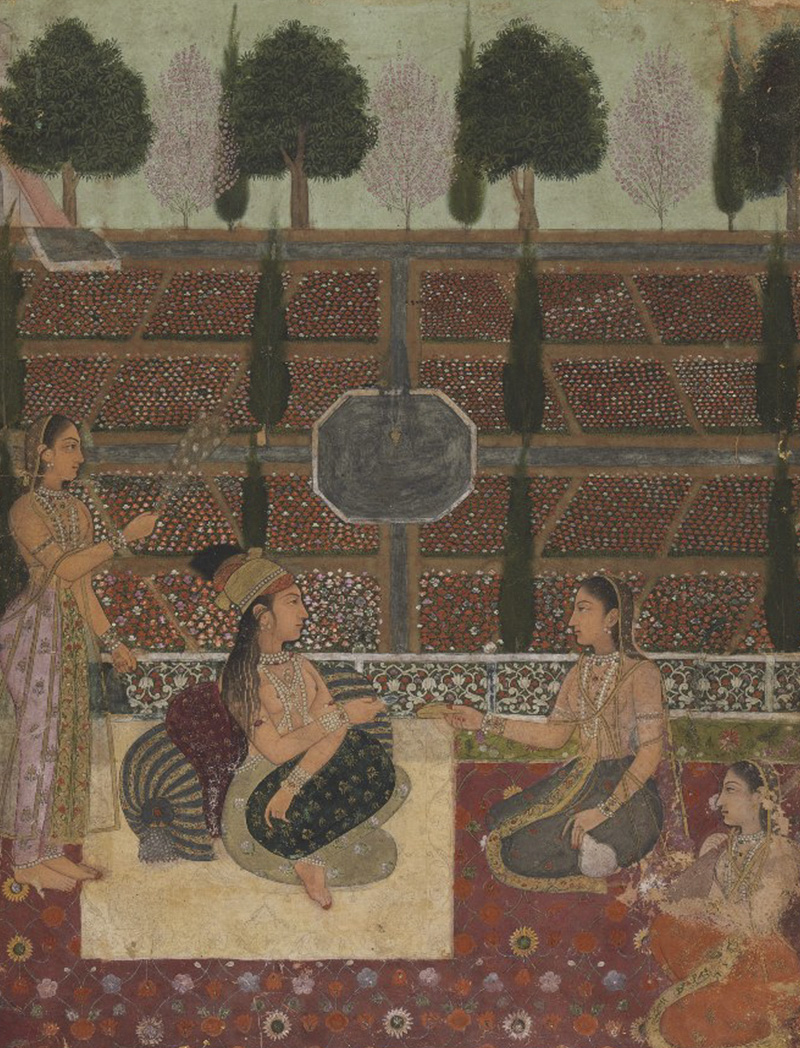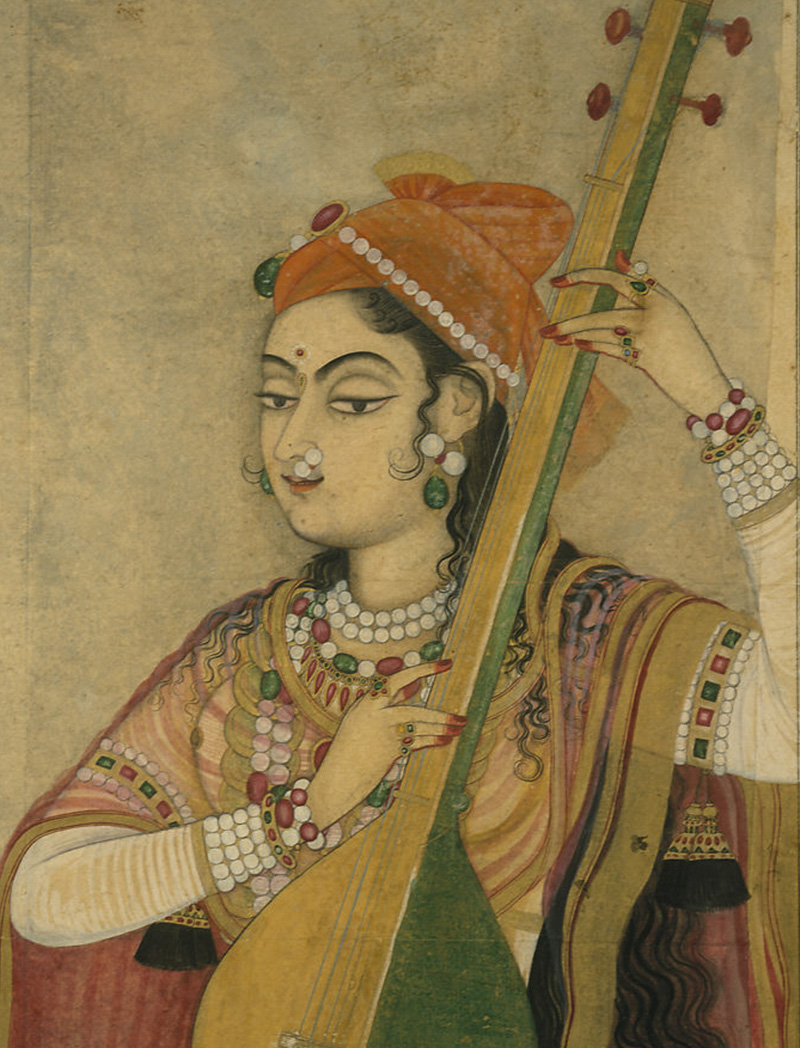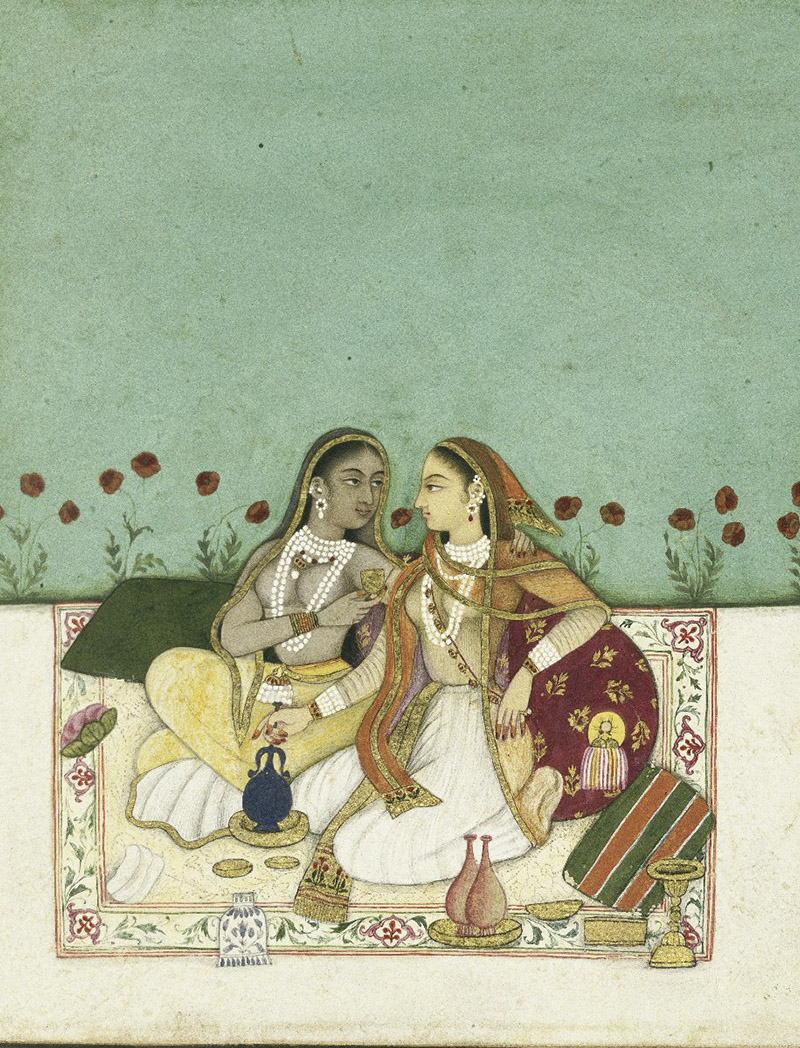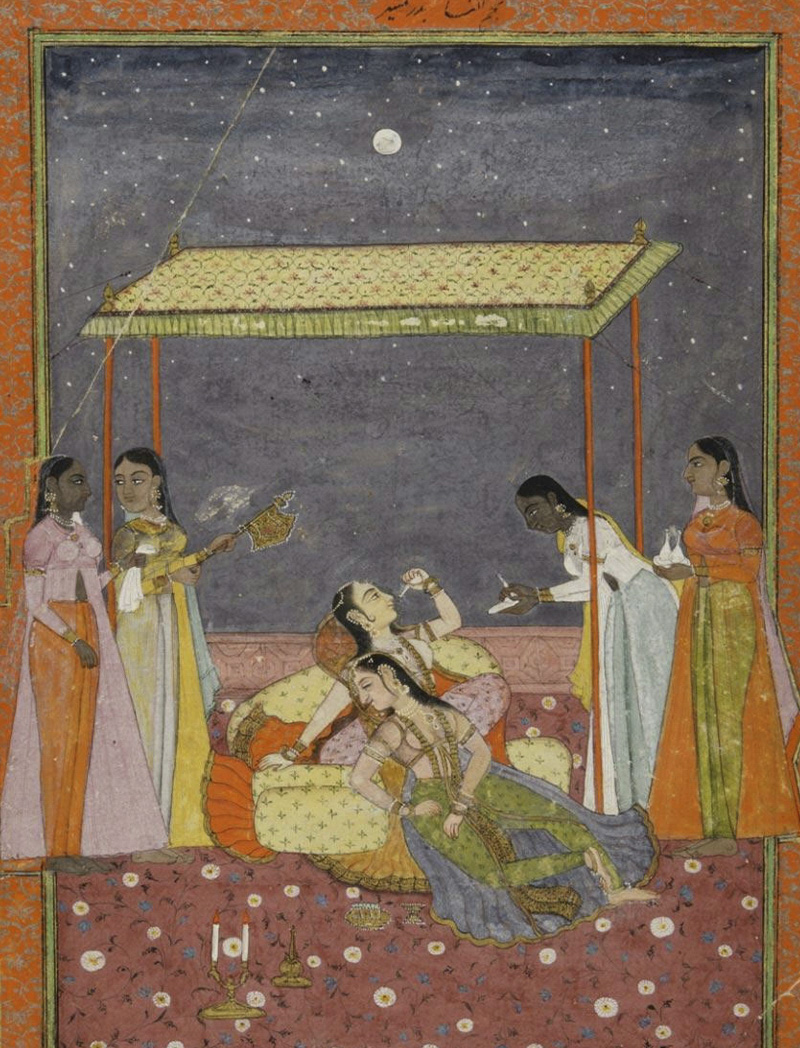PERSPECTIVES
How Did Rajput Women Resist Patriarchal Portraiture?
The women of Rajput courts were visible only to a few as they observed purdah (a custom of veiling) and lived in walled portions of Rajput palaces called zenanas. As a result, while the court painters produced men’s portraits in the hundreds, they left behind only a few records of women’s portraiture. However, according to Molly Aitken’s, Pardah and Portrayal (2002), while pardah was a serious hindrance to the portrayal of women, it was not an insurmountable obstacle. Not only did a notion of women’s portraiture exist, but Rajput women actively participated in its production as patrons, collectors and viewers of art.
While individualised portraits of real, contemporaneous women were conceivable, they were rare. Instead, the trend was to create images of fictional heroines or poetic ideals. Unlike portraits of men which featured recognisable features and inscriptions with names in the margins or on the reverse, images depicting women were neither individualised nor named. Women’s portraits were documented in court records simply in terms like maharani (queen or wife of the king), ma (mother) or mherya (women). Although differences in the class of the women were acknowledged, their features were typically identical in these paintings, sharing one archetypal, stylistically determined face. So, why didn’t women commission portraits of themselves?
In order to explain Rajput women’s acceptance of this practice, scholar Varsha Joshi opines that Rajput women could be among the staunchest defenders of their culture’s patriarchal values. By patronising images of ideal women, they accepted and contributed to Rajput norms of femininity.
However, it would be a mistake to accept that women’s portraiture offered no resistance to the constraints of convention. Instead, it is within these very images depicting women laughing, conversing and being entertained in zenanas, terraces or gardens, that we find moments of carefree leisure and comfort. The zenana walls, intended to create spaces of seclusion, concurrently enabled spaces of liberation, encouraging a kind of freedom that was restricted in the public sphere.











